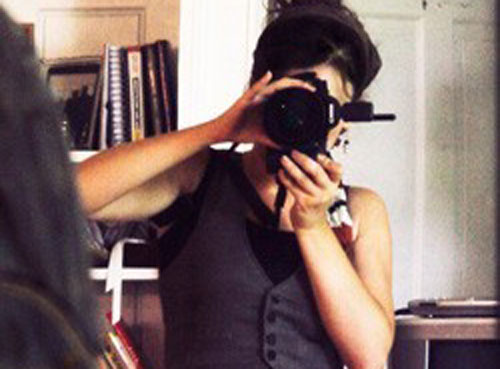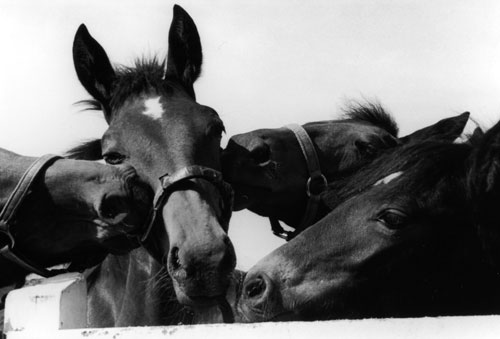
"Hey, how you doin' I just came by to say hello I work for the gas company I just happened to be in the neighborhood, you know but I was thinkin, you must be tired of workin' that rake and that hoe I could make you lots more money than those potatoes" ~ No Fracking Way, Marc Black
While traveling to visit my children in Boston a few weeks ago, I listened to a radio interview with Marc Black. He sang No Fracking Way, which tells the story of farmers who are approached by gas companies to drill on their land.
What Is Fracking?
Hydro-fracturing or fracking is a method of gas extraction where water, sand and highly toxic chemicals are injected deep into the earth at high pressure to fracture rock formations and release natural gas. Once the gas is liberated, it comes to the surface and can be used as a source of energy.
Fracking Comes Home
Fracking has been kicking up its dirty heels in the Northeast, particularly along the Marcellus Shale region of New York and Pennsylvania. I’ve been a New Yorker my whole life, so when I discovered New York ranks as the highest state in HAP (Hazardous Air Pollution), it was daunting to me to learn gas companies are using persuasive practices to pad their pocketbooks and advance an agenda to pollute the land, water and air…all in the name of “cleaner” energy.
This stuff drives me crazy if I don’t learn more. So I contacted singer Marc Black. When we met, he made it perfectly clear that while the problem of fracking is complicated, the premise is simple. He explains...
“There’s nothing political about a poisoned well and breathing polluted air. Energy companies with the backing of some politicians are clamoring to drill. They laud natural gas as a source of jobs and a “cleaner” solution to our dependence on foreign oil. What they neglect to tell people is that their wells, land and air become polluted”
To Frack Or Not To Frack?
Natural gas production has been linked to emissions of benzene, formaldehyde, carbon disulfide, ethane, toluene and xylene. Even short-term exposure to these compounds may produce nausea, dizziness, and respiratory problems, and long-term exposure may be linked to brain tumors, leukemia, and breast cancer. If that doesn't freak the fracking daylights out of you, maybe this will:
3 More Reasons Why Fracking Is A Problem:
- Vast amounts of water are required. Since fracking disrupts fault lines, the process is feared to cause earthquakes.
- Fracking has never gone through an independent federal environmental impact assessment and is not subject to federal regulations.
- While the natural gas industry should be required to abide by the same regulations as any other energy producing industry, the fracking process is mostly unregulated due to numerous exemptions in federal laws.
3 Things We Can Do:
- Ask for a full disclosure of chemicals used in the fracking process (some states already are beginning to require disclosure).
- Tell the politicians that we do not support spending hundreds of millions of dollars to gut the Clean Air Act and weaken the EPA's ability to reduce dangerous pollution.
- Advocate for “real” clean renewable energy, like solar and wind.
“So when the man comes up to you and he says I wanna give you all this money to poison your land What will you say, huh?” ~ Marc Black
Photo: Ben Scott for Bluerock Design









